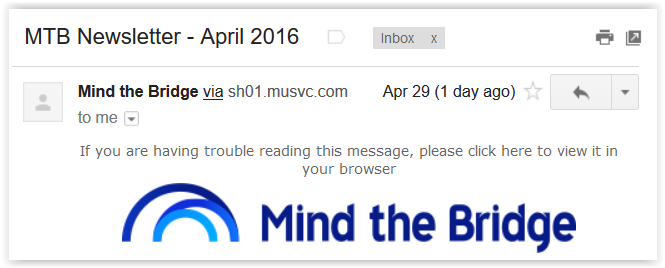You, us, and email receivers
You can use any verified "FROM" email address to send emails with our system.
However, "you" (i.e. the domain name associated with your "FROM" email address) and "us" (i.e. the domains associated with our system) are different entities and perceived as such by those that receive emails (e.g. Gmail, Yahoo!, AOL, Microsoft, etc.). We'll refer to them here as "email receivers":
To maximize deliverability (i.e. the percentage of messages delivered to the Inbox, not the Spam folder), we need to let email receivers know that these two entities are related. That it is OK for us to send your email.
Otherwise, email receivers may penalize your messages. The way they do that is to either outright reject your emails, or - more commonly - place them into the spam folder.
So, we need to tell them that it is OK for them to receive an email from "us" (our system) with "you" (your domain name) as the "from" address.
This can be done in two ways.
You tell them: email autentication
This is the recommended approach.
In this approach, you tell email receivers that it is OK for us to send your emails by adding some information to your domain registration details.
It's what we refer to as "email authentication". SPF, DKIM and DMARC are ways to authenticate an email.
We tell them
We tell them that it is OK. This is done by using something called "sender header". We basically add some information to your email clarifying to email receivers that the "from" is actually "us", sending on behalf of "you".
When we do so, some email clients (e.g. Outlook, Hotmail, Gmail) may in fact show your message as sent by us "on behalf of" you, or by you "via" our system.
For example, look at this email sent by an organization called "Mind the Bridge", and notice the "via" shown next to the "FROM" name.
If you don't want this message to show, use email authentication.
